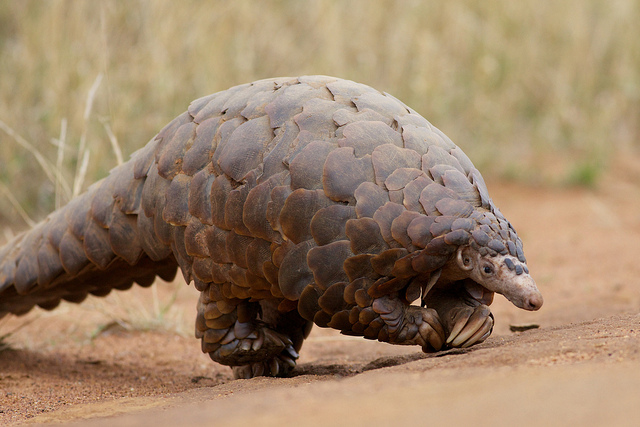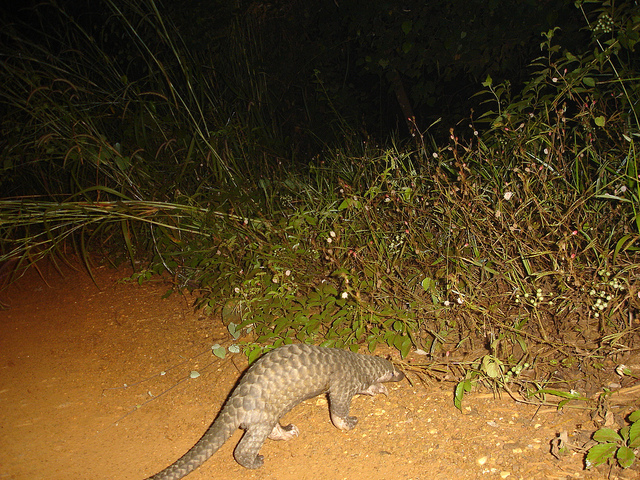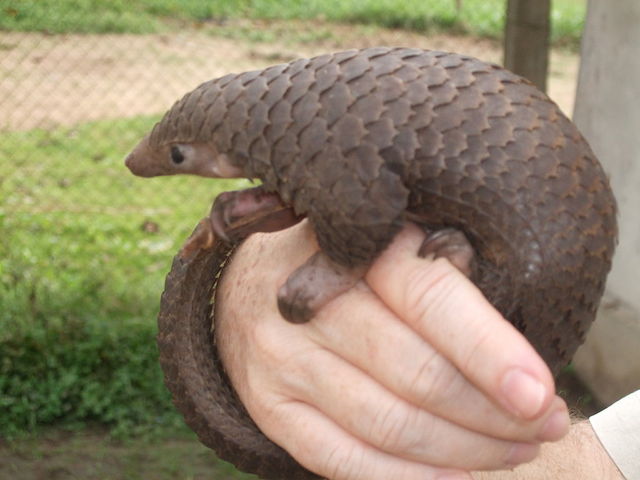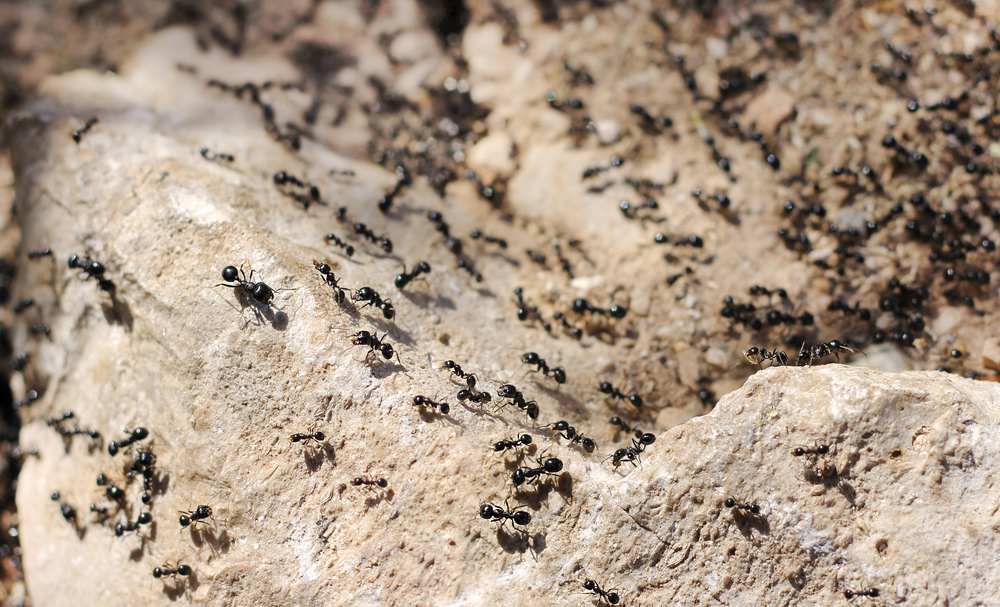Pangolins are truly unique and resemble an armor-plated lizard crossed with an anteater and an armadillo. But like many other species in Africa, they are endangered due to people eating them and using their scales for traditional Chinese medicine. Fortunately, their decline in numbers is being met with a new awareness and appreciation of the species. Here are 10 things you didn’t know about pangolins.
The only mammals covered in scales
Pangolins are the only mammals in the world that have scales covering their entire body. The scales are made of keratin — the same material rhino horns are made of — making them extra tough. Unfortunately, the scales sell on the black market for thousands of dollars per kilogram for use in some forms of traditional Chinese medicine.
Scientists are still unsure what they are related to
For decades, scientists thought that pangolins were related to anteaters and armadillos — and who could blame them based on their looks. However, recent research shows they have a closer relationship with hyenas and wolves.
They carry their young
Baby pangolins are carried on their mother’s tail for up to three months (an incredibly cute three months, mind you). Afterwards, the infants remain with the mother for another five months until they are strong enough to go out on their own.
There are eight different species
Worldwide, there are eight different species of of pangolin. The Chinese, Indian, Malayan and Palawan all live in Asia, while the Cape pangolin, Giant ground pangolin, Long-tailed and Tree pangolin live in Africa.
They emit a skunk-like odor
Much like a skunk, pangolins emit a noxious smelling odor when they feel threatened. Fortunately for us, the smell doesn’t travel that far as pangolins aren’t able to spray it into the air.
They could probably use glasses
Pangolins have notoriously bad vision, are mostly nocturnal and have to locate their food by using a strong sense of hearing and smell. Only one species of pangolin is active during the day — the long-tailed pangolin, native to West and Central Africa.
A million have been killed in the last 10 years
All eight species of pangolin are threatened with extinction due to trade throughout Africa and Asia. It’s estimated that around 100,000 pangolins are captured every year, most of these being shipped to China and Vietnam. Fortunately, many groups are helping to save them and curb trafficking.
They have super long tongues
A pangolin’s tongue is extremely long and when fully extended can be longer than its body. Pangolins don’t have any teeth and have to use their tongues to collect insects which are processed by spines in their stomachs.
Big cats like to eat them
Pangolin’s main predators in the wild are big cats like lions and leopards. However, when the cats catch them, pangolins curl into a ball and are usually protected. The outer scales are so tough that it’s hard for even the sharpest teeth to bite through.
You can thank them for eating ants
Current estimates show that a pangolin can eat more than 70 million insects in one year. That’s right, 70 million! Pangolins mostly feed on ants and termites, so you can thank them for saving you from ant bites.
Want to discover the finer side of Africa? Sign up for our weekly newsletter.









